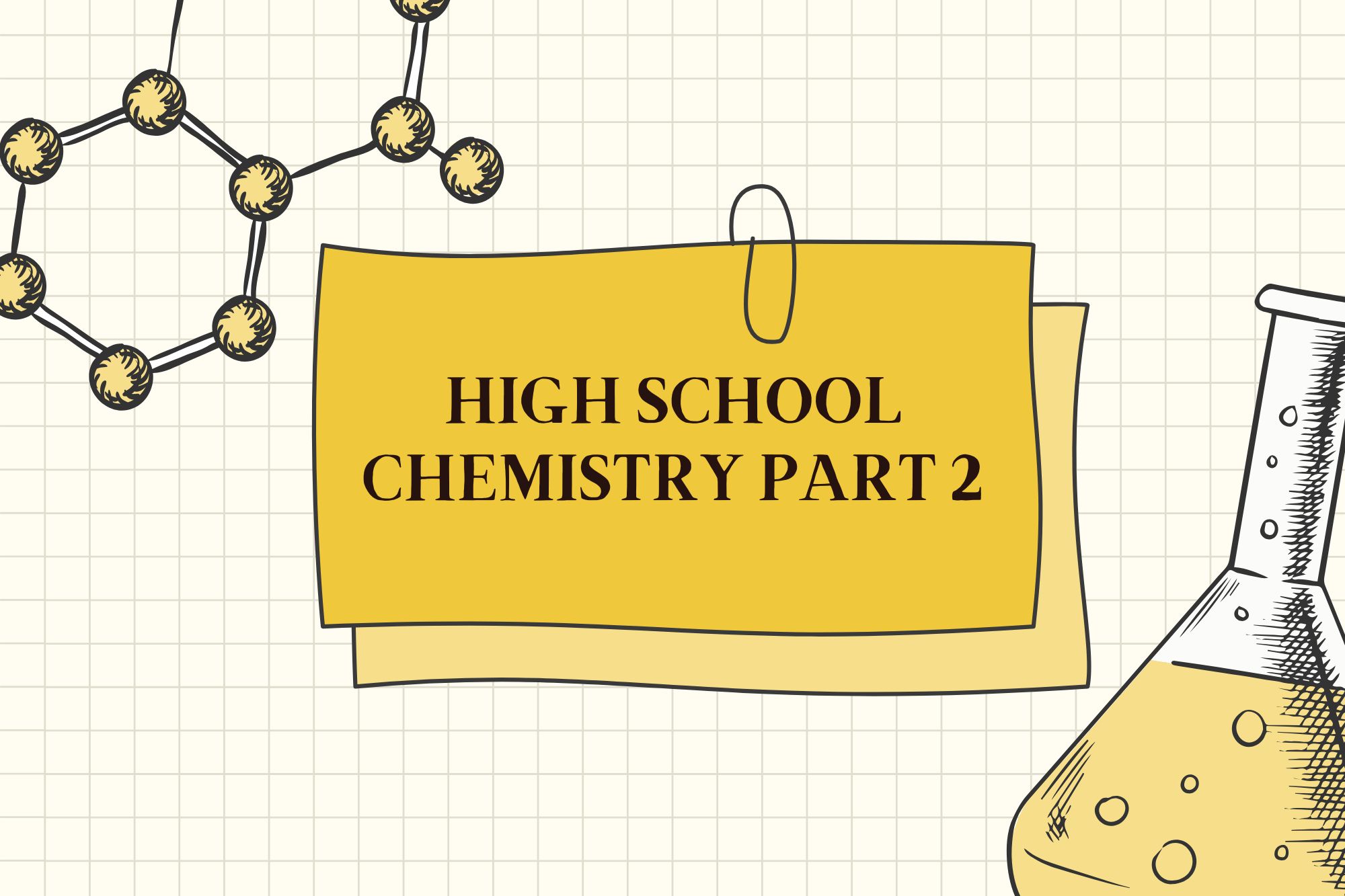High School Chemistry Part 2: Intro to Organic Chemistry W/ Weekly Labs/Projects

Subject: chemistry
Age Range: 13-17
Teacher: Lora Danley
Format: 15 classes
Price: $21 per class
Course Summary
This course is a 15 week introduction to organic chemistry and comes with a 120 page course e-book as well as optional homework assignments, at-home projects and labs, and assessments of student knowledge.
Course Description
A grade for the class is available if requested. Requirements for a grade are to complete all three tests and six of the labs/projects of the student's choosing. Thiis course will introduce students to the topics in organic chemistry and is meant to give students interested in the sciences and health professions knowledge of the subject before taking it in college. Students will need to have a good understanding of general chemistry to succeed in the course, however students do not need to have a strong grasp of mathematics to understand the topics presented. We will focus on a specific topic or series of topics each week with previous concepts being integrated into later topics when appropriate. Material will be taught in the Socratic method as much as possible along with examples and illustrations. During each class we will go over a worksheet to help solidify the concepts taught, and students will be asked to contribute their knowledge to the completion of the worksheet. Optional out-of-class homework assignments with answers will further help students master the concepts. An optional assessment at the end of each unit (every five weeks) will test the knowledge of the student. Optional at-home labs and projects will help students gain hands-on experience with the concepts.
Content Considerations
If students choose to do that at-home projects, they may be using sharp objects, glassware, chemicals, heating elements, and need to wear safety glasses, gloves, and/or aprons.
Syllabus
Lesson 1: INTRODUCTION TO ORGANIC CHEMISTRY We'll talk about what makes a compound organic and then we'll go over the various functional groups, formal charge, and VESPR theory. Lesson 2: NAMING ORGANIC COMPOUNDS We'll learn the rules for naming organic compounds with various functional groups. Lesson 3: HYRBIDIZATION We'll talk about what it means for a compound to have hybridized orbitals and learn to identify the type of hybridization for a particular atom engaged in a bond. Lesson 4: RESONANCE We'll discuss what the concept of resonance is and learn how to draw resonance structures for different compounds. Lesson 5: CONSTITUTIONAL ISOMERS AND STEREOISOMERS We'll talk about the various types of isomers and learn the differences between them and how to draw them. Lesson 6: CYCLOALKANES We'll talk about how to represent the various cycloalkanes and why some cycloalkanes are more common than others, as well as why some conformations are more common than others. Lesson 7: ADDITION TO ALKENES We'll see how various molecules can add across the double bond of an alkene in a reaction. Lesson 8: FREE RADICAL REACTIONS We'll talk about what a free radical is and how reactions with them are initiated, propagated, and terminated. Lesson 9: ENANTIOMERS We'll take a closer look at a special case of stereoisomers and their properties and discuss the R/S configurations of chiral centers as well as racemates. Lesson 10: SEPARATION METHODS USED IN ORGANIC CHEMISTRY We'll take a look at chromatography, distillation, and other methods used to separate organic compounds based on their physical properties. Lesson 11: SN1 REACTIONS We'll take a look at the mechanism and products of the nucleophilic substitution 1 reaction. Lesson 12: SN2 REACTIONS We'll take a look at the mechanism and products of the nucleophilic substitution 2 reaction. Lesson 13: E1 REACTIONS We'll take a look at the mechanism and products of the elimination 1 reaction. Lesson 14: E2 REACTIONS We'll take a look at the mechanism and productions of the elimination 2 reaction. Lesson 15: SN1/SN2/E1/E2 We'll compare and contrast the various reactions studied and determine when one will predominate and when you will get a mixture of products from two reactions competing against each other.
Supplies
I will provide digital copies of the in-class worksheets as well as the optional homework problems and answers and the optional tests and answers. A PDF copy of an e-textbook will also be provided. Materials for at-home projects and labs will mostly be common household items, but learners will need to purchase a molecular model kit if they choose to do some of the projects. (Learners only need to complete 6 labs/projects of their choosing in order to receive a grade).